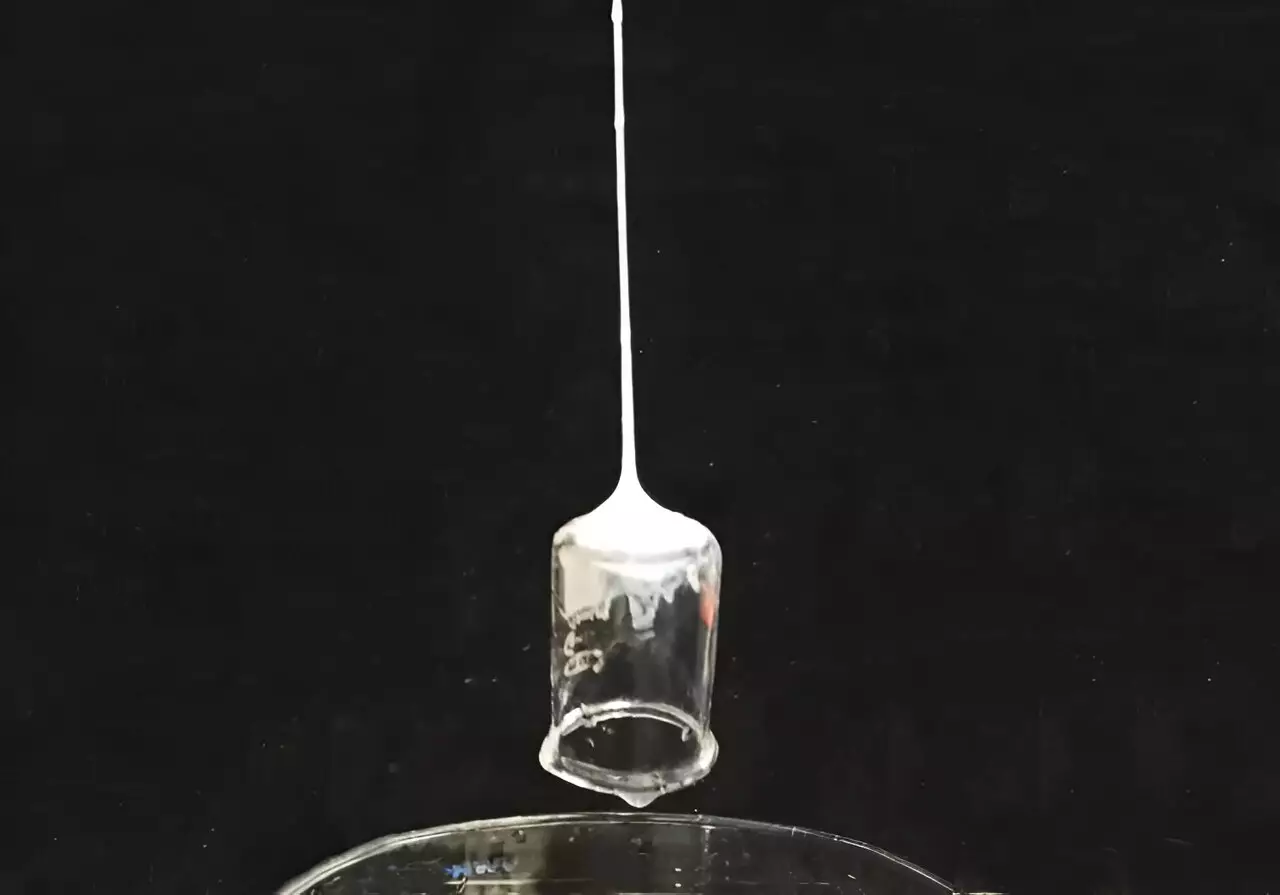The realm of science and technology often draws inspiration from imagination, melding creativity with empirical research. A recent breakthrough from Tufts University illustrates this union beautifully, as researchers develop an innovative web-slinging technology reminiscent of beloved comic book heroes. This novel approach involves an ingenious use of silk materials, propelling researchers into uncharted territories of adhesive technology, reminiscent of Spider-Man’s famous web-slinging abilities. A study published in Advanced Functional Materials documents this exciting advancement, showcasing how science fiction is stepping into the realm of reality.
At the heart of this groundbreaking project lies the fascinating silk produced by moths, specifically silk fibroin. The Silklab at Tufts University meticulously extracted this protein by boiling silk moth cocoons in a solution, breaking them down into their fundamental building blocks. This silk fibroin solution possesses unique properties that enable it to be extruded through fine needles. Upon exposure to air, this liquid transforms into a solid fiber, capable of lifting and adhering to various objects. Nature serves as the ultimate muse in this endeavor, as the researchers name a plethora of creatures that spin silk—from spiders and ants to bees and butterflies—drawing parallels between their natural abilities and human innovation.
While the potential applications of silk fibroin have been explored within fields such as underwater adhesives, edible coatings for food preservation, and sustainable manufacturing methods, researchers faced a significant challenge. Despite their progress, mimicking the adaptability of spider silk—especially in terms of controlling properties like elasticity and adhesion—remained elusive. That was until an unexpected serendipitous discovery redefined the trajectory of their work.
Marco Lo Presti, a research assistant professor at Tufts, stumbled upon a significant breakthrough during an unrelated experiment focused on creating robust adhesives. While cleaning glassware with acetone, he noticed an unfamiliar web-like material forming. This moment of serendipity led to an understanding of the potential to replicate spider threads more effectively. The silk fibroin solution, previously slow to solidify, exhibited a transformative quality when combined with dopamine, mirroring the chemical interactions found in nature.
This integration of dopamine enabled the silk to solidify almost instantaneously in the presence of certain organic solvents, overcoming the engineering obstacles that had hindered previous attempts. The blend of dopamine with the silk fibroin catalyzed an accelerated transformation from liquid to solid, meticulously crafted through the use of coaxial needles to maintain precision in forming the fibers. The remarkable material developed not only resembled spider silk but exhibited qualities far beyond initial expectations.
To enhance the properties of their synthetic fibers, the researchers further enriched the silk fibroin-dopamine solution with substances like chitosan, derived from insect exoskeletons. This addition created fibers with tensile strength up to 200 times greater than their predecessors. They also incorporated borate buffers, amplifying adhesion properties by nearly 18 times. As a result, the manufactured fibers can lift objects weighing more than 80 times their own weight while maintaining a variable diameter, ranging from the width of a human hair to half a millimeter.
During tests, researchers demonstrated the efficacy of their invention by successfully lifting a variety of objects, including steel bolts and laboratory tubes. This innovative technology showcases the potential for real-world applications, enabling scientists and engineers to explore advanced forms of material science, robotics, and even medical applications.
Despite considerable advancements, the synthetic silk fibers still fall short of the astonishing strength exhibited by natural spider silk. However, as Tufts University’s Fiorenzo Omenetto eloquently stated, bridging the gap between imagination and practical implementation catalyzes innovation. Understanding that nature and fiction inspire technological evolution opens a world of possibilities.
The development of this web-slinging technology symbolizes a significant leap from comic book fantasy to tangible applications in our world. While there is still a distance to travel toward complete replication of nature’s most intricate designs, each stride made in the lab shifts society closer to a future where superhero-inspired materials become reality, transforming imaginative concepts into beneficial technologies.
In a world where boundaries between the possible and the impossible blur, the web-slinging innovations from Tufts University remind us that the marriage of creativity and science can pave paths toward extraordinary advancements in technology, ultimately changing how we approach challenges in the real world.


Leave a Reply